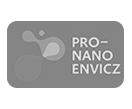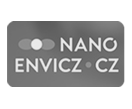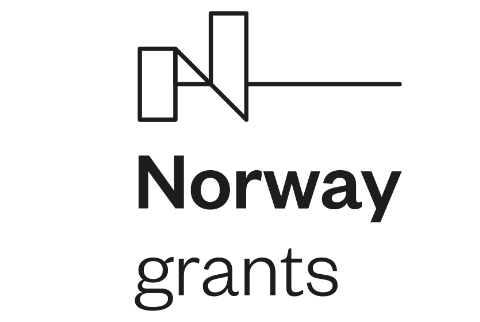Characterization of laser-induced plasmas under simulated conditions of selected celestial bodies
The geological survey is an important part of space missions to the celestial bodies, e.g., Moon and Mars. This task demands a robust analytical technique capable of in-situ multi-elemental analysis and no sample preparation. The ideal candidate is Laser-Induced Breakdown Spectroscopy (LIBS). However, advantages of LIBS are compromised by a strong matrix effect and dependence on experimental parameters, i.e., the ambient pressure and atmosphere type. Despite several successful missions, the understanding of LIBS operating under the lunar and Martian conditions is still limited. This project aims at the state-of-the-art material analysis and plasma diagnostics in a deep vacuum (Moon) and low-pressure CO2 atmosphere (Mars) by a combination of techniques, including the novel LIBS-FTIR (Fourier Transform Infrared Spectroscopy) method. Numerical modeling of laser induced plasma and spectra acquisition will be optimized based on the experiment data. A machine learning algorithm will be developed enabling the transfer of spectroscopic data obtained under various conditions.
Mgr. Kubelík Petr Ph.D.
 jh-inst.cas.cz
jh-inst.cas.cz



















